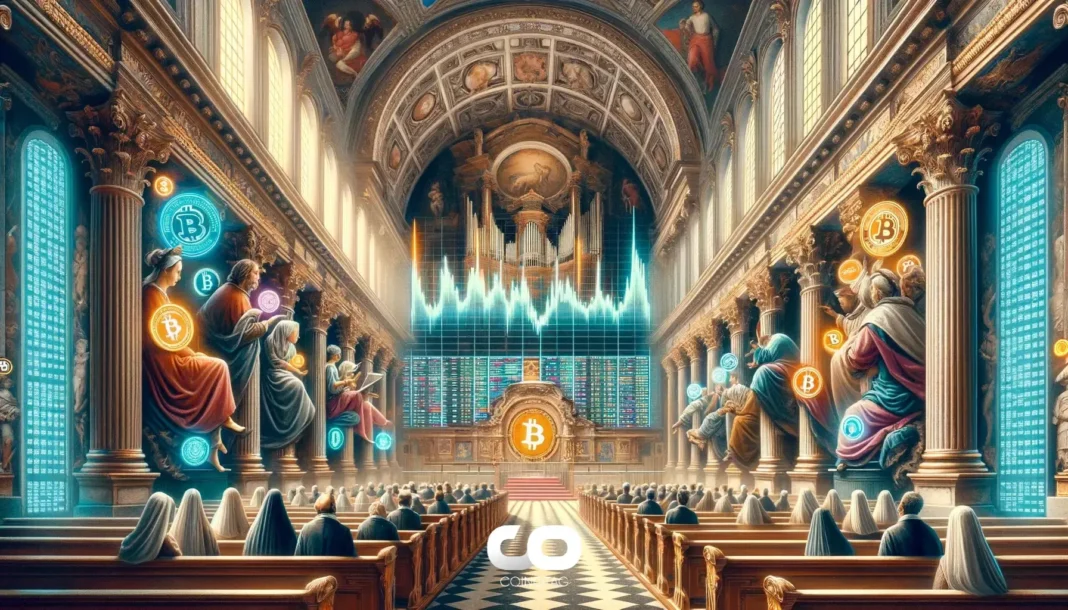-
The US Senate’s digital assets subcommittee held a critical hearing on crypto market structure legislation, though attendance was notably sparse with only five senators present.
-
The hearing highlighted ongoing bipartisan challenges and concerns about potential conflicts of interest influencing crypto regulatory frameworks.
-
According to COINOTAG, subcommittee chair Cynthia Lummis emphasized the importance of inclusive legislative input to ensure balanced and effective crypto market laws.
US Senate digital assets subcommittee hearing reveals bipartisan challenges and sparse attendance amid efforts to advance crypto market structure legislation.
Senate Hearing Sheds Light on Bipartisan Challenges in Crypto Market Structure Legislation
The recent hearing by the US Senate Banking Committee’s digital assets subcommittee underscored the complexities of crafting comprehensive crypto market structure legislation. Despite the significance of the topic, only five senators attended, reflecting scheduling conflicts and possibly deeper partisan divides. Subcommittee chair Cynthia Lummis acknowledged the limited participation, attributing it to competing committee obligations but also signaling a need for broader bipartisan engagement to develop legislation that resonates across the aisle. The hearing served as a platform for former regulators and industry experts to provide insights, yet the limited lawmaker presence may impact the momentum of forthcoming bills.
Insights from Industry Experts and Lawmakers on Legislative Direction
During the hearing, senators engaged with key figures such as former CFTC Chair Rostin Behnam and Coinbase’s VP of Legal Ryan VanGrack, who provided expert perspectives on the regulatory landscape. The discussion focused on principles guiding the potential market structure bill following the successful passage of the GENIUS Act, which addressed stablecoin regulation. Senator Angela Alsobrooks, the sole Democrat present, emphasized the importance of bipartisan collaboration, reflecting her support as a cosponsor of the GENIUS Act. However, concerns about partisan friction surfaced, with some lawmakers hinting at perceived conflicts of interest linked to familial ties within the current administration, underscoring the delicate political environment surrounding crypto legislation.
Comparing Senate and House Approaches to Crypto Market Regulation
The Senate’s efforts to advance a market structure bill occur alongside parallel initiatives in the House of Representatives, notably the Digital Asset Market Clarity (CLARITY) Act. The House bill has progressed through committee stages and is anticipated to reach a floor vote shortly. This dual-track legislative approach reflects the urgency and complexity of establishing clear regulatory frameworks for digital assets. Senator Bernie Moreno questioned the partisan nature of the debate, advocating for a more unified approach. Meanwhile, some Democrats remain cautious, seeking provisions that address potential conflicts of interest before fully endorsing new legislation. This dynamic illustrates the ongoing negotiation between regulatory clarity and political considerations in shaping the future of crypto governance in the US.
Implications for the US Crypto Regulatory Landscape
The hearing and related legislative activities highlight the evolving nature of US crypto regulation, where bipartisan cooperation remains essential yet challenging. The passage of the GENIUS Act marked a significant milestone, but the market structure bill faces hurdles due to political sensitivities and differing priorities among lawmakers. Experts suggest that achieving a balanced framework will require transparent dialogue and inclusive policymaking to foster innovation while protecting market integrity. As the House and Senate work concurrently on their respective bills, stakeholders are closely monitoring developments, recognizing that the outcome will significantly influence the US’s position in the global digital asset ecosystem.
Conclusion
The US Senate digital assets subcommittee hearing illuminated both progress and obstacles in advancing crypto market structure legislation. While expert testimony provided valuable guidance, the limited senator attendance and partisan undercurrents signal ongoing challenges in achieving consensus. Moving forward, bipartisan collaboration and comprehensive stakeholder engagement will be crucial to crafting effective regulatory frameworks that support innovation and safeguard market stability. Observers should watch closely as the Senate and House efforts converge, shaping the regulatory future of digital assets in America.






